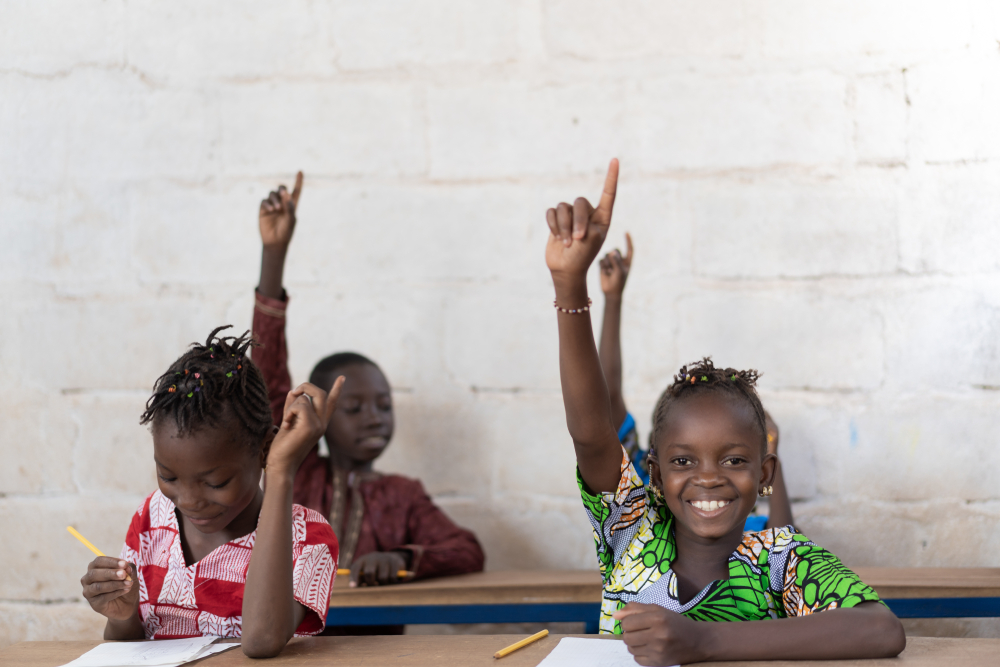Planning and management for equity, gender equality and inclusion in education
my_project.jpg

The life-changing potential of education is widely endorsed, resulting in continuous calls for governments and global actors to invest more in it. For it to be truly transformative and ensure no one is left behind, a particular focus on equity, gender equality, and inclusion is essential. To drive change and build the future of education on sustainable foundations, gender equality, and more generally issues of equity and inclusion, must be taken into account throughout the planning cycle and in the management of education systems.
Keep reading to learn more about: IIEP's approach Examples of our work
The world has made significant progress in recent years, however, one in five children and youth are excluded from education. Girls are particularly disadvantaged, and their situation worsens as their gender intersects with other sources of exclusion and vulnerability. 34% of lower secondary age and 47% of upper secondary age girls are out of school in sub-Saharan Africa. For those in school, hundreds of millions are not reaching expected levels in reading and mathematics.
In a world of diverse crises, refugee learners are also struggling to access their right to quality education. Nearly half of all refugee children – 48% – are out of school. By the time these children are supposed to enter secondary school, enrollment drops to 37%. The cost of missing out on one’s education is damagingly high – for both individuals and society at large.
Poverty, location, gender, language, disability, ethnicity, religion, migration, or displacement status are all factors that can shape – or limit – access to quality education. Many learners also face overlapping or multiple disadvantages, prompting IIEP to take an intersectional approach to improving equity.
Our approach
IIEP works with ministries of education, decentralized actors, and partners to understand why exclusion persists and develops customized solutions in placing equity and gender at the heart of planning, policies, budgets, and educational reforms.
IIEP’s integrated capacity development offer for ministries of education and their partners includes technical support, training, and research and development on the following themes:
- Gender equality in and through education by applying a gender lens for education sector analyses and plans, gender institutional analysis tools to collect data on school-related gender-based violence, training on gender-responsive planning, and investigations on girls’ progression in school, women’s representation in school leadership, and gender-responsive budgeting.
- Integrating refugees into national systems through technical cooperation and training courses for ministries of education and their partners.
- Inclusive education for learners with disabilities through an online training course.
- Early childhood education with a new training course to be offered in 2025 and research on funding pre-primary education.
IIEP identifies options for decision-making for UNESCO Member States and follows up on policy implementation and processes to ensure that the equity, gender, and inclusion agenda translates into concrete achievements.
Explore more
  |  |  | ||
| Gender at the centre initiative | Women in Learning Leadership (WiLL) initiative | Planning education for displaced populations |
web1.jpg

Spotlight: Supporting countries with educational financing for gender equality
While the size of an education budget matters, governments can use limited resources more effectively, efficiently, and equitably. Aligning strategic planning and performance-based planning and budgeting can provide more fiscal space. There are also opportunities to integrate gender into education budget programming and implementation to promote equity.
IIEP and the Gender at the Centre Initiative – co-coordinated by IIEP-UNESCO – are pursuing a project in a selection of countries to document and support the transition to programme budgeting for improved gender equality and equity in and through education.
What is gender budgeting?
- It’s about analyzing the distribution of expenditures in terms of gender.
- It ensures that public spending promotes equality and that it benefits men and women equitably.
- It’s not about developing separate budgets for women or making budgetary trade-offs between men and women.
| | PlanEd podcastListen to the PlanEd podcast episode on how educational planning can help bridge the gap in access to quality education for refugee students and hear about the role of planning in providing inclusive and equitable education for displaced children and youth across the globe. |
Education4Resilience portalEducational planning can play a key role in strengthening the resilience of education systems, education personnel and learners. It can save lives and is cost-effective. Discover IIEP’s Education4Resilience portal, featuring the latest resources, tools, and news. |









